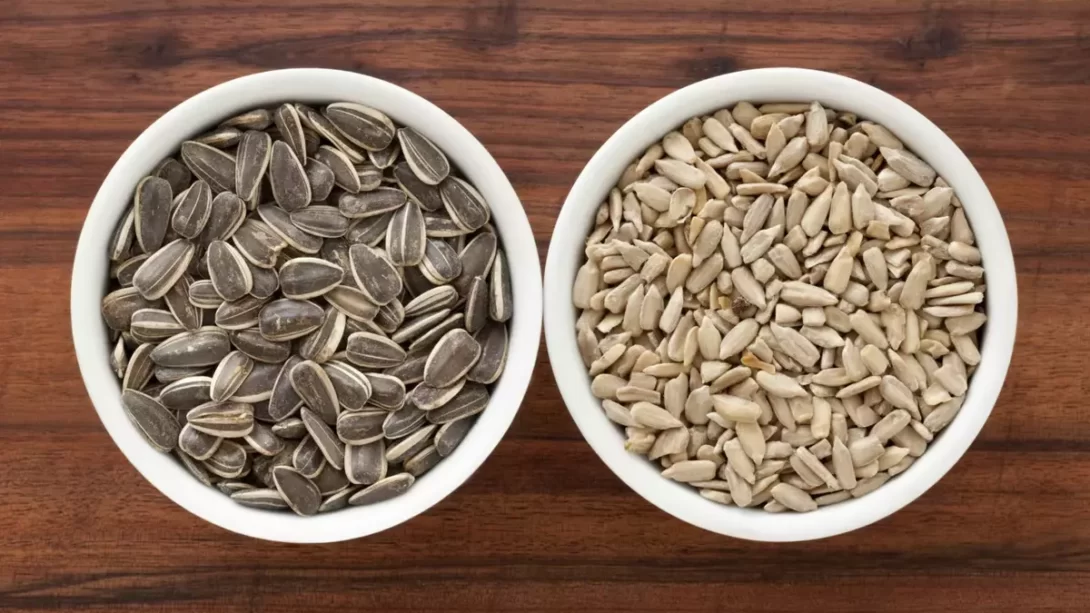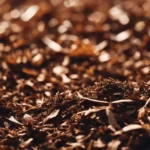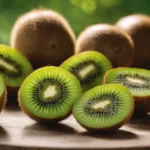Sunflower seeds, recognized for their nutty flavor and array of health benefits, are a popular snack worldwide. Beyond snacking, they are also used in various culinary applications. The process of removing the hard, inedible outer shell to reveal the edible kernel, known as shelling, is a key step in the preparation of sunflower seeds for consumption. This article delves into how sunflower seeds are shelled, outlining both commercial and manual methods.
Sunflower Seed Anatomy
A sunflower seed comprises two main parts: the shell and the kernel. The shell is a black-and-white striped husk that encases the kernel. The kernel, or the seed itself, is the edible part, rich in nutrients. The distinction between in-shell and shelled sunflower seeds lies in whether this outer husk remains intact or has been removed.
Harvesting Sunflower Seeds
The process of shelling sunflower seeds begins long before the seeds reach a processing facility. It starts in the field with the harvesting of sunflower plants. Harvesting typically occurs when the back of the sunflower head turns brown, indicating that the seeds are ripe. The heads are cut, and the seeds are harvested using specialized equipment that effectively threshes the seeds from the heads.
Preparing Seeds for Shelling
Cleaning and Sorting
Before shelling can commence, the harvested sunflower seeds undergo a thorough cleaning and sorting process. This step is crucial to remove debris, leaves, and damaged seeds that could hinder the shelling process. The seeds are passed through screens and air blowers to eliminate impurities and ensure only high-quality seeds proceed to the next stage.
Drying Process
Properly drying the seeds is another critical step in preparing them for shelling. The drying process reduces the seed’s moisture content, making the shells more brittle and easier to remove. This can be achieved through natural sun drying or using mechanical dryers. The optimal moisture level is crucial; too much moisture can lead to spoilage, while too little can make the seeds too hard, complicating the shelling process.
Mechanical Shelling Process
Equipment Used
In commercial settings, the shelling of sunflower seeds is typically done using specialized machinery. This equipment is designed to efficiently crack the shells without damaging the kernels inside. The machines often combine elements of pressure and friction to gently break apart the shells. Some common types of machinery used in the shelling process include decorticators, hullers, and shelling drums.
Shelling Technique
The mechanical shelling process involves several steps. Initially, the seeds are fed into the shelling machine where they are subjected to a controlled pressure that cracks the shells. The design of the machinery is such that it applies just enough force to break the shell without crushing the kernel. Following the cracking, the seeds pass through a series of vibrating screens or sieves, which separate the kernels from their shells. Gravity tables are also employed to further refine the separation, taking advantage of the weight difference between the kernels and the shell fragments.
Manual Shelling Methods
For smaller-scale operations or home processing, sunflower seeds can be shelled manually. One common manual method involves pinching the seeds between one’s fingers to crack the shell, then using a thumbnail to split it open and extract the kernel. Another technique is to gently roll the seeds over a hard surface to crack the shells. While these methods are more labor-intensive and time-consuming than mechanical shelling, they are accessible and cost-effective for personal use.
Post-Shelling Processing
Seed Cleaning
After the shelling process, the sunflower kernels often undergo further cleaning to remove any remaining shell fragments. This is typically done using air blowers and additional sieving processes. Ensuring that the kernels are free from shell pieces is important for both the quality and safety of the final product.
Grading and Sorting
The cleaned kernels are then graded and sorted based on size and quality. This is a crucial step, especially for commercial distribution, as it ensures consistency in the product that reaches consumers. Grading can involve both mechanical and manual inspections to select the best quality seeds.
Challenges in Shelling Sunflower Seeds
The process of shelling sunflower seeds is not without its challenges. One of the primary concerns is minimizing damage to the kernels during the mechanical shelling process. The delicate balance between applying enough force to crack the shell and preserving the integrity of the kernel is crucial. Another challenge is the efficient separation of shells from kernels, which can be complicated by variations in seed size and condition. Advances in shelling technology and equipment design continue to address these issues, aiming for higher efficiency and lower rates of kernel damage.
Additionally, managing the moisture content of seeds is vital. Incorrect moisture levels can lead to either overly brittle shells that shatter and mix with kernels or too hard shells that are difficult to crack. Consistent monitoring and adjusting of drying processes are necessary to maintain optimal moisture levels.
Conclusion
The shelling of sunflower seeds is a complex process that involves careful preparation, precise mechanical or manual shelling, and thorough post-shelling processing. This process is essential for making sunflower seeds a convenient and enjoyable snack, as well as a versatile culinary ingredient. From the fields where they are harvested to the intricate machinery that shells them, each step plays a pivotal role in ensuring the quality of the final product.
Understanding how sunflower seeds are shelled not only highlights the sophistication behind this seemingly simple product but also underscores the importance of efficient agricultural and food processing techniques. As technology advances, the process of shelling sunflower seeds continues to become more efficient, making these nutritious kernels accessible to consumers around the world. Whether enjoyed as a healthy snack, used in recipes, or processed into oil, the humble sunflower seed stands as a testament to the ingenuity and resourcefulness of modern food production.




